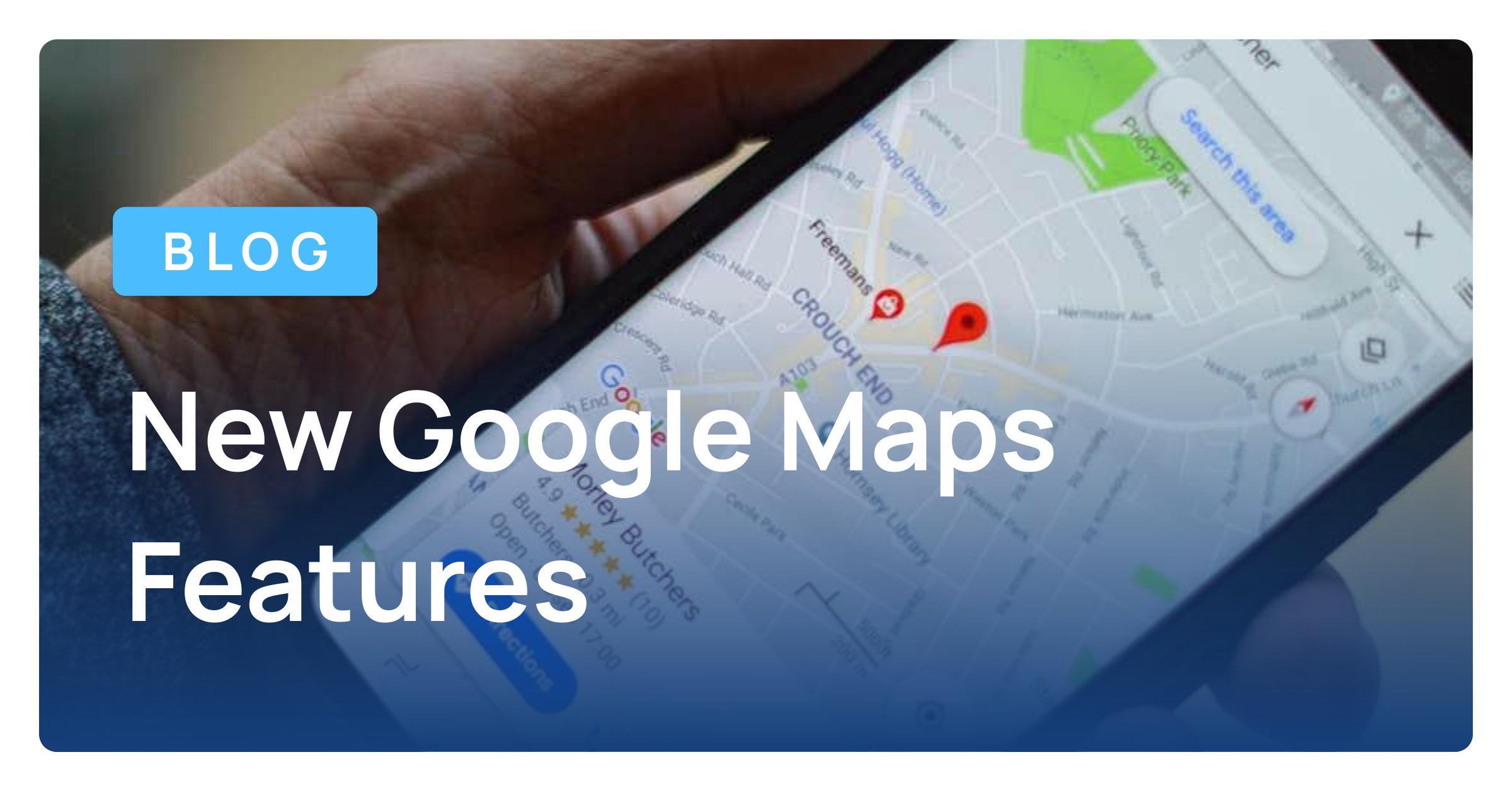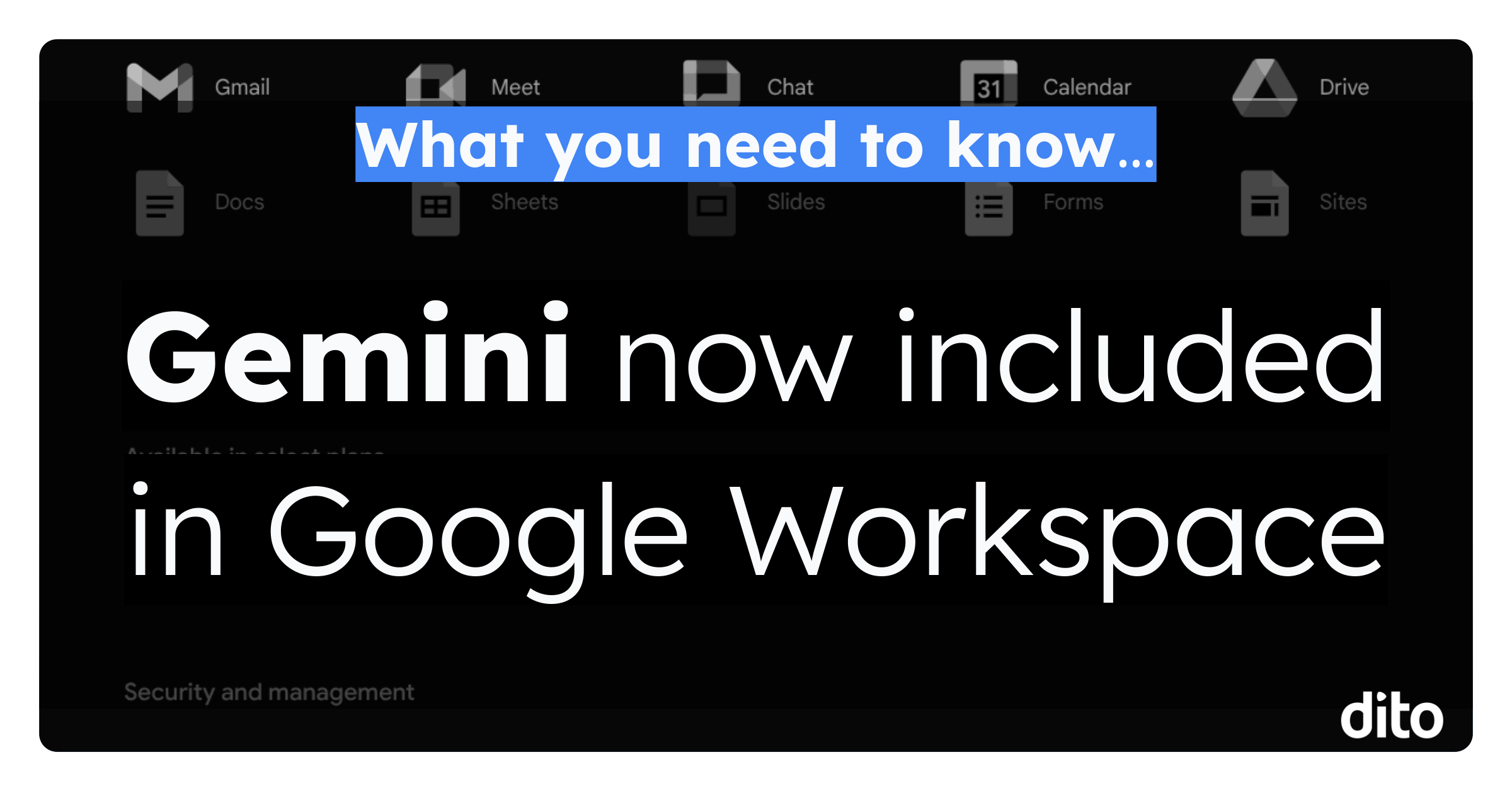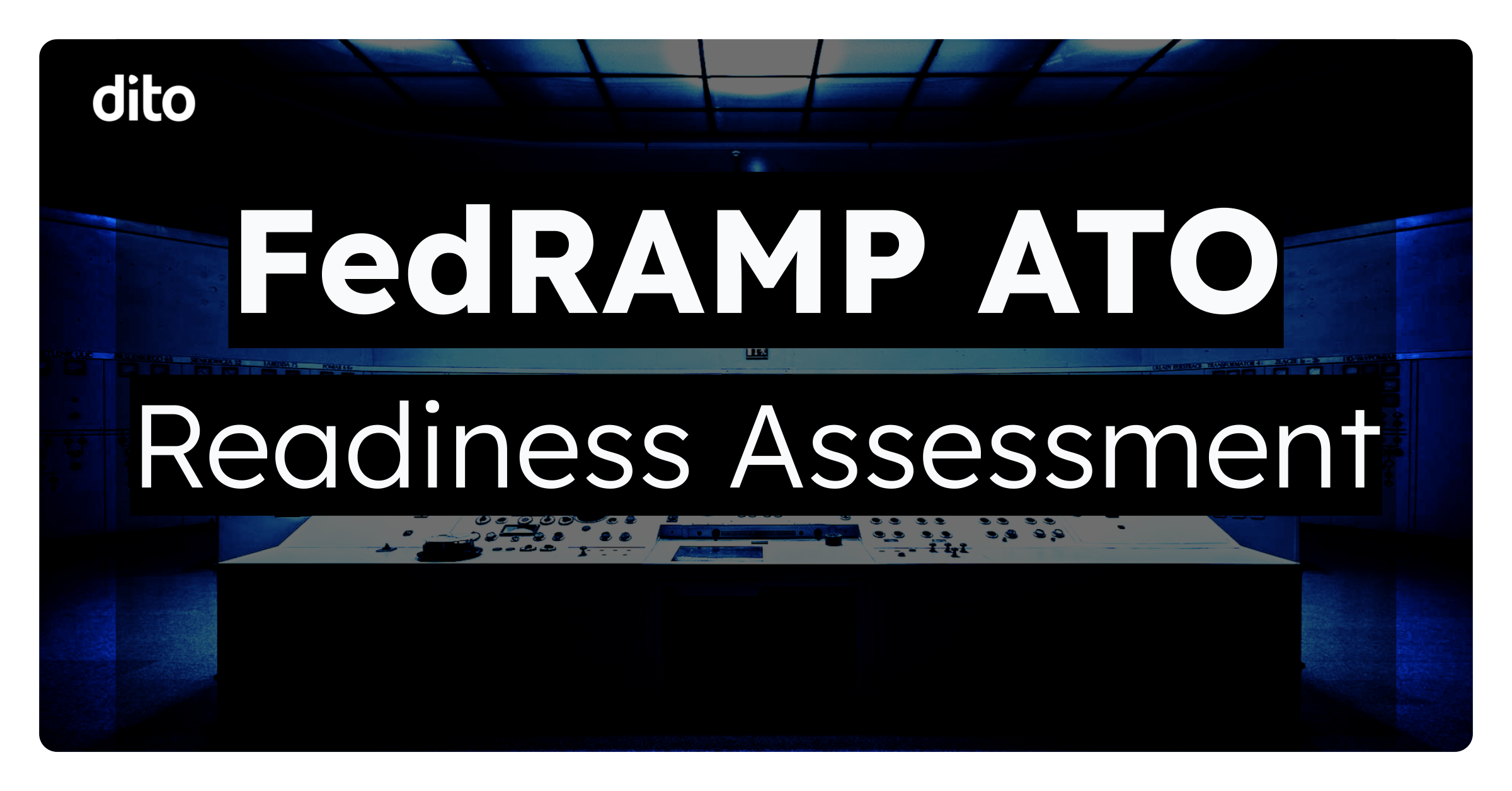Google recently announced three major new features arriving on the Maps platform: Address Validation, Advanced Markers, and the Routes API.
One of the most accurate and reliable mapping & logistics platforms out there – Google is constantly looking for improvements and enhancements to their Maps software to continue pushing the boundaries of the mapping industry.
Address Validation
The first big announcement from Google is the introduction of Address Validation. We all know that addresses are absolutely integral to almost everyone’s day to day experiences. Unfortunately, with a wide variety of local standards surrounding them – if an address isn’t correct, or formatted in the right way, it can lead to poor user experiences, delays in shipping and home deliveries, and extremely resource intensive customer support issues.
Because Google Maps has so much information and data around localized address formats, the new Address Validation feature helps developers detect incorrect addresses – it also then will provide everything ranging from typo corrections, to street name completions, to localized formatting, and much, much, more.
The new Address Validation API is CASS Certified from USPS, which allows developers to compare their information directly with the U.S. Postal Service’s data. Try out the Address Validation API for yourself here with this handy demo!
Here are some of the key benefits of using Address Validation – straight from Google’s recent announcement blog:
- Retail/e-commerce companies can reduce friction at checkout by offering shoppers an easy way to correct their addresses. Doing so can help reduce failed or mis-deliveries, or other costly complications like canceled orders and chargebacks.
- Transportation & logistics companies can assess address deliverability upon the receipt of an order and help ensure packages reach the right destinations with more precise address components, such as apartment numbers. Drivers can save time and better predict delivery challenges.
- Financial Services companies can use proof of address to help authenticate new account holders. By verifying that a customer’s address exists at account creation, companies can potentially detect fraudulent sign-ups.
Advanced Markers
When you think of Google Maps – most people think of their iconic pins. Google’s second major feature announcement is their new Advanced Markers for the Maps Javascript API. This huge update now allows individuals to create customized markers that truly enhance their overall user experience.
Some of the new capabilities of the Advanced Markers API include:
- Customizing the Google Maps default red pin
- You can now change the color, background, icon, and outline of the default red pin. Retailers can change markers of their store locations to reflect their brand colors, or travel companies can change the colors and icons of locations around hotels to make it easier for a user to book a hotel with amenities nearby that match their needs.
- Direct support of SVGs and PNGs to create custom markers
- Instead of merely customizing the default red pin – users can now import their own image assets, whether it’s an icon or a photo, to create their own dynamically styled markers – being able to change the sizing, opacity, position, color, and much more.
- Create contextual, interactive experiences with custom markers
- Developers can now create custom Advanced Markers using any custom HTML element – to allow the markers to respond to user interactions – all with the full customization options of CSS. This awesome feature, for example, could have a real estate company create markers that respond to user interactions by displaying additional information about a property when clicked.
Routes API
The last of the major new announcements around Google Maps improvements is a distinct upgrade to the existing Directions and Distance Matrix APIs. The newly announced Routes API is an enhanced version of the existing APIs that combine both of them into a single service – and allows users to provide more information and customizable routes for users.
In addition to everything we know about the Directions and Distance Matrix APIs capabilities – the Routes API expands on them to provide advanced features such as:
- 2-wheel routes for motorized vehicles
- Tolls data for more accurate pricing
- Real-time traffic info along every part of the route
- Fine-tuned controls for reducing latency
- Eco-friendly routing (coming later this year)
Anyone can access the new Routes API now – all while still being able to utilize the existing Directions API and Distance Matrix API – why not try it out and see how you like the new features?










